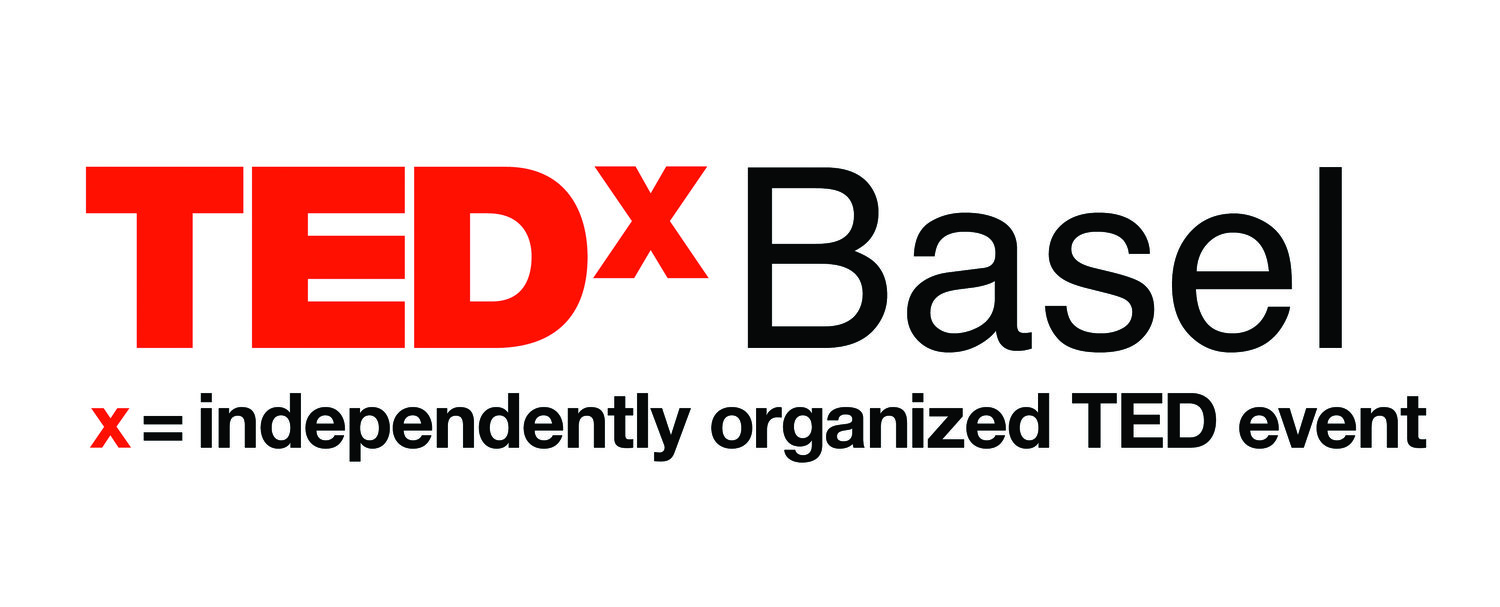TED's 31 days of Ideas - Day 14: Nature is everywhere — we just need to learn to see it
/Nature is everywhere -- we just need to learn how to see it
By David Biello
I forget nature as a city dweller. Where would one find the natural world in canyons of concrete and steel, prowled by fume-spewing cars and trucks, lit by the harsh glow of artificial lights?
Look closer and nature is everywhere. The tree on a busy street that bursts into white or pink bloom each spring. The hawk riding a thermal to a roost at the edge of a skyscraper. The sun setting the clouds aflame each dawn and dusk. A winter snowfall making the city clean and quiet, at least for a time.
And it's not just pretty nature: the struggles of rat life in the subway tunnels or the flocks of pigeons wheeling in the sky after one of their number is struck down. Squirrels (perhaps hybridized with said rats to become sqrats) digging up an urbanite's fledgling attempts at a garden. Rainwater mixed with sewage and rushing out into channelized rivers and streams to feed the algae that feed the fish that feed us.
As Emma Marris reminds us in one of my favorite TED Talks: nature is everywhere -- we just need to learn how to see it. For too long nature has been dominated by the idea of the pristine, some remote place untouched by the hand of man. But the pristine is a myth. No place remains untouched by people in this present era in Earth's long history. Even in the most remote reaches of Antarctica or the Amazon, one can find evidence of people in the microscopic soot spread everywhere on the planet or the greenhouse gasses invisibly filling the air we breathe thanks to our incessant burning of fossil fuels.
Worse, this myth of the pristine steals nature from our children every day. If Yellowstone and places like it are the only real nature then only those who visit these natural cathedrals experience the natural world -- and only when they are there. And it's hard to think of a less natural place than one in which every plant is carefully monitored, every inhabitant approved, even the number of people proscribed. Yellowstone is nature as museum; keep your hands off the displays.
Marris's talk opened my eyes and helped me to realize I reject that notion. I want to give my children the gift of an accessible nature, to look at a vacant lot and see that it's not empty but instead filled with dozens of different plants and thousands of insects, at a minimum. This lot isn't vacant; it's a wilderness, in the sense of self-willed land. No one planned this outbreak of the natural world, but it's there for all of us to enjoy -- if we can stop looking past it. And this overlooked Eden is a place where my children can run and laugh and play among the butterflies, find ants or a slug in the dirt, pick a few pretty flowers among what some might call weeds.
These immediate, accessible places are the spots where our children can learn to feel connected to the world around them, to let go of the division between people and nature, to let all of us reach out across that divide to touch nature -- and to remember anew that nature is beautiful, nature is powerful, and nature is all around us, even in us.


